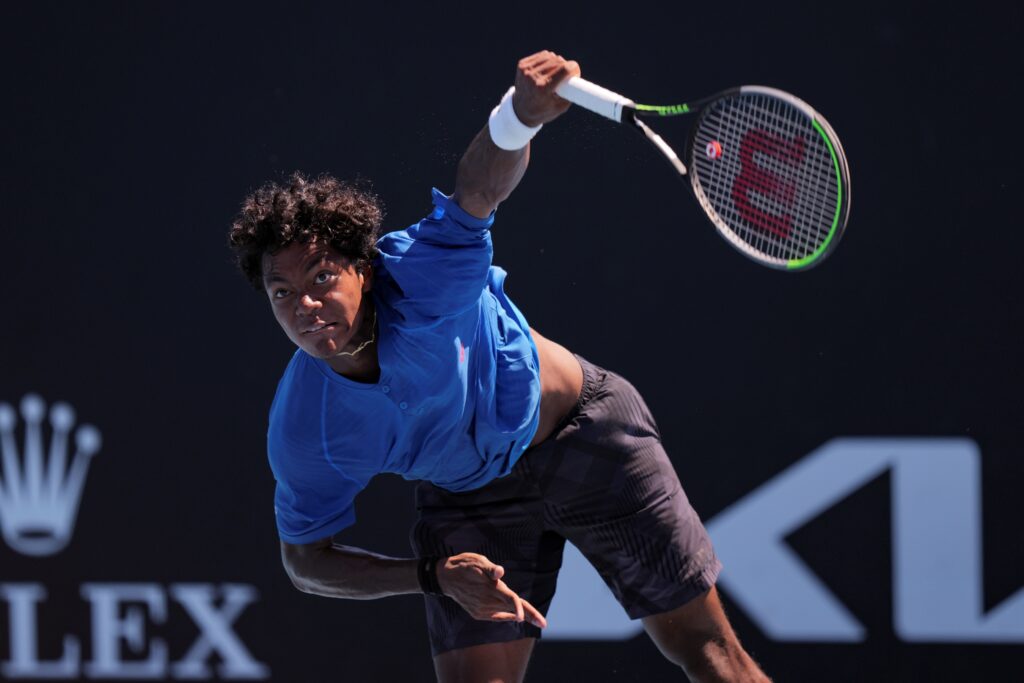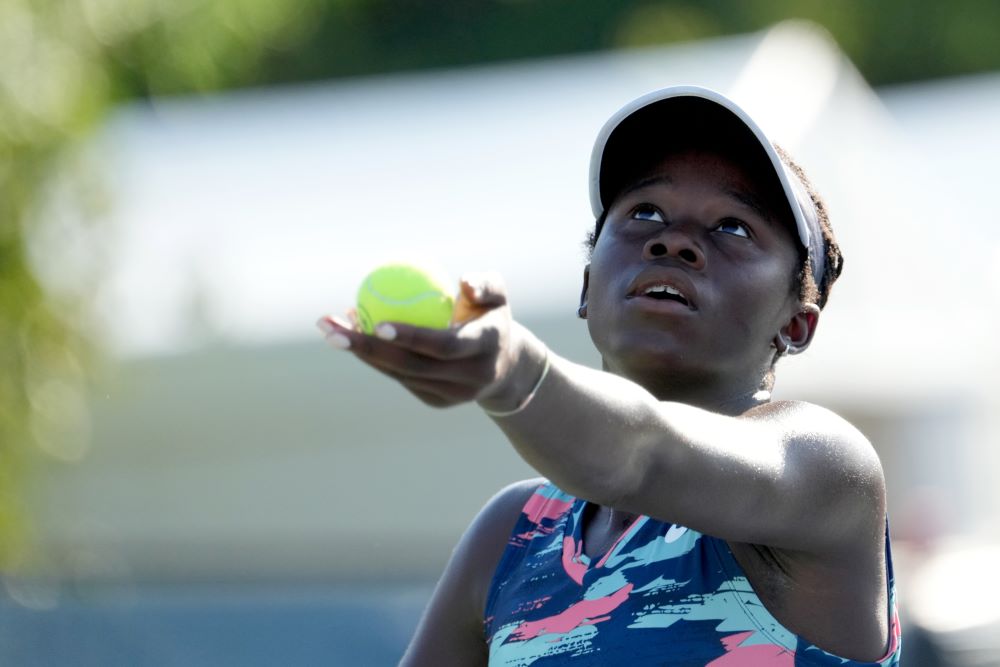From the first shot to the highest levels, the Whole Player Development Pathway (WPDP) provides recommendations for various development stages and pathways.
The WPDP also provides guidelines for training and competition to help players achieve their potential and, ultimately, enjoy tennis for life. This holistic approach, which includes four pathways, aims to develop great tennis players—and great people who can be role models and inspire future generations of tennis players, fans, supporters and Canadians.

The WPDP framework is designed around the 5Cs of skill development that helps develop a well-balanced player and individual with the following key components:

- Culture
The sum total of all of our behaviours and actions, verbal and nonverbal, on and off the court: a way of doing the right things. - Character
Leadership skills at each age and stage of development. - Confidence
Psychological development that supports self-confidence: the process on the path to developing resilience. - Connection
Social and emotional development focused on relationships and connectivity in an increasingly disconnected world. - Competence
Tactical, technical, and physical development recommendations, from fundamental movement skills through sport-specific tennis training based on age and level.
Player development is a process that takes time. It is important to acknowledge that sport and physical activity should look very different based on each individual’s journey and stage of development.
We believe Canadians should have the opportunity to play and enjoy the sport of tennis with access to an environment that allows them to reach their full potential on and off the court.
Details on each stage can be viewed and further information is available within the PDFs provided.
Discovering Tennis

This is the beginning of a child’s physical literacy journey. The focus in this stage should be on making tennis active and FUN and part of their daily routine. Supporting movement skills development will help them explore and develop locomotor, object manipulation, and balance skills on land, water, ice/snow, and in the air in a variety of movements and perceptions. This will spark their curiosity about tennis and support achieving the goal of the recommended 60 minutes of energetic activity per day.
Establishing the foundations to play and compete

- In this stage, the key is to establish the foundations of basic physical, psychological, tactical, and technical skills for future success. Players are introduced to the rules of the game and tennis ethics with a major focus on enjoyment and movement when playing tennis.
- The development of perception skills is fundamental to long-term success in tennis. Players will use the progressive tennis approach (red, orange, and green court) to play, develop, and compete with the appropriate racquet and balls, on the right size court, so they can be successful and develop the basics and an all-court game early on.
Fuelling passion and developing sound technique

- In this stage, players develop their technical skills and learn to make sound tactical choices as they train and compete in situations in which winning is not the ultimate goal. Players are striving to learn, improve, and fuel their passion and enjoyment on an ongoing basis.
- As players progress through this stage, some will start prioritizing tennis as their main focus while continuing to enjoy other sports and activities.
Emphasizing Tactics and Focusing on Specific Tasks

- In this stage, the technical skills acquired earlier will be reinforced and there will be a higher degree of engagement and concentration required and expected, as the demands and specific tasks become more complex. The player will learn to travel abroad for longer periods, developing their autonomy and focusing on their own tactical game style to build solid patterns in keeping with their personality and skills. In matches, the player will begin to impose their game style.
- The player further develops their competitive mindset and strength and focuses on competing and being a well-rounded athlete (holistic approach). The player gains a better understanding of the performance requirements of their game and their long-term development is emphasized over their short-term results.
Training with intensity and emphasizing physical development

- At the start of this stage, as the player makes the decision to pursue a career in or continue seriously with High-Performance tennis, they must respond to increasing demands in terms of the intensity and quality of their preparation and performance. Physicality, athleticism, and fitness are key for the future.
- The player elevates their game from good to great, developing their game style (personalization) and meeting and exceeding international standards.
Striving for precise execution and mental performance

- This stage is characterized by a complex and harmonious combination of performance factors that will contribute to the player’s ability to transition to the professional level. The player truly strives for success. The keys to this critical stage are the individualization of practices and schedules, precision in execution and mental performance.
- This stage demands a real focus on the process, though the outcome is more significant. The player’s overall game is well established but specific improvements and adaptations are required as the player faces more mature and experienced opponents. The results may not be consistent but should demonstrate the player’s potential to keep progressing.
Delivering high performance and achieving life balance

- At this stage, all aspects of the player’s life are centred on professionalism in matches and court activities, including all aspects of their preparation. Each member of the team that supports the player has specific expertise and role to maximize the player’s performance, health, and well-being.
- At this stage, the margins are very small between players and therefore the difference between wins and losses is very small. The player is consistent in their results and able to find solutions to win matches even in adverse circumstances.
- The player has an opportunity to be a tennis ambassador by giving back and taking a leading role for the next generation of players.
READ EVERYTHING ABOUT THE WPDP
Whole Player Development Pathway – VIDEO SERIES
- The 5Cs of the Whole Player Development Pathway
- The Four Pathways to the Top 100
- Tennis Canada’s Whole Player Development Pathway
More to come…
–
–
Be part of the tennis nation newsletter
FOLLOW THE NEWSLETTER FOR:
Initiatives and tools from Tennis Canada
The latest news about local and international tournament
Promotions for the National Bank Open
–
–
–

–
